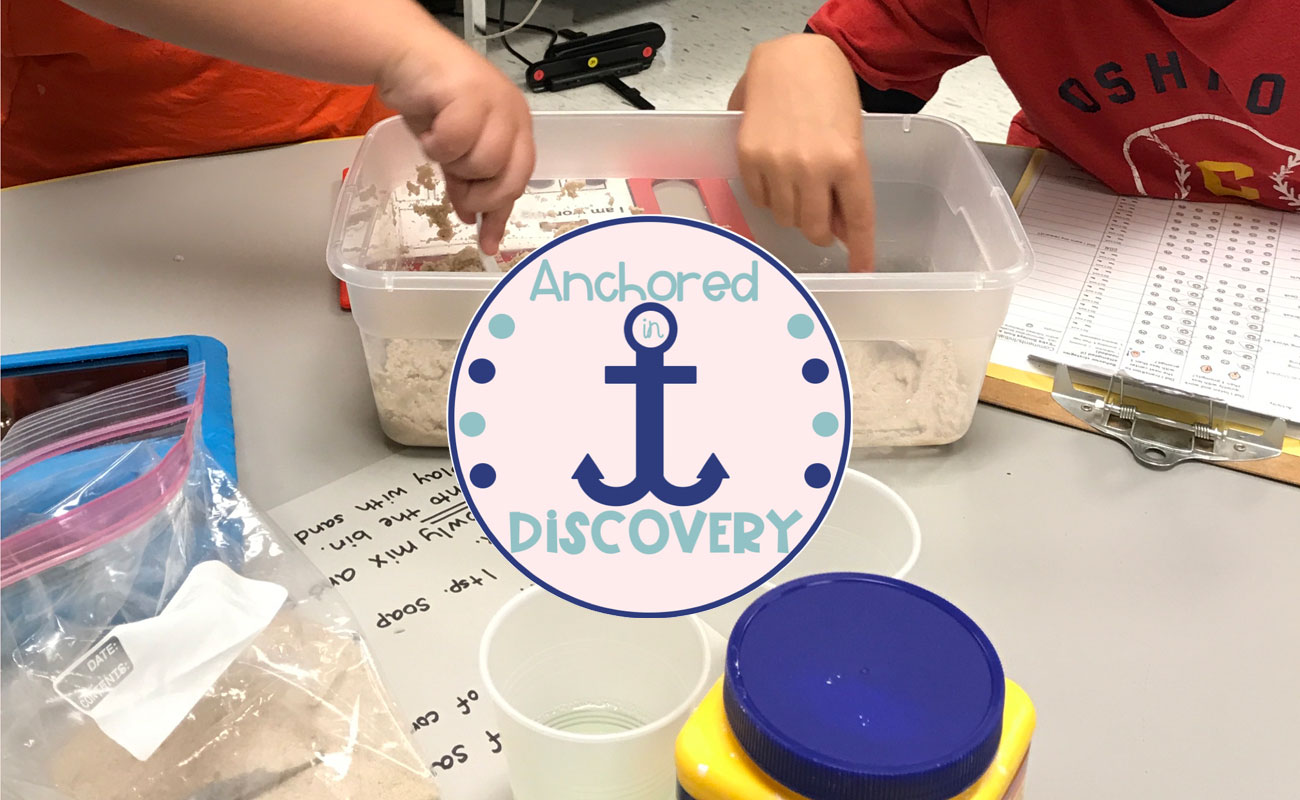
08 May The Making of Anchored in Discovery
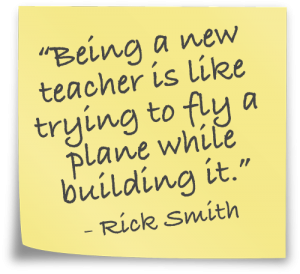 During my entire first year of teaching, I had a quote on my refrigerator that I never took off. Surely I wasn’t the only one struggling if there was a quote about it. As a first-year teacher, I was tasked with starting a self-contained special education classroom from scratch at a designated STEM school. In theory, it was exactly what I wanted. Creating a new classroom seemed fun, meaningful, and, as a cocky college graduate, easy!
During my entire first year of teaching, I had a quote on my refrigerator that I never took off. Surely I wasn’t the only one struggling if there was a quote about it. As a first-year teacher, I was tasked with starting a self-contained special education classroom from scratch at a designated STEM school. In theory, it was exactly what I wanted. Creating a new classroom seemed fun, meaningful, and, as a cocky college graduate, easy!
It is (mostly) funny looking back, but I was in for a rude awakening when August came around. College certainly did not prepare me for the endless possibilities of how to arrange the furniture and the number of post-its it takes to figure out schedules for staff and students. My Google search history during that year would consist entirely of me desperately searching for ideas, activities; anything to keep this classroom running. Yet, in the midst of all the chaos, I was determined to expose my students to hands-on, meaningful activities just like their same-age peers.
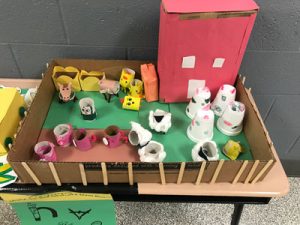
After learning about farms and other community helpers, they designed and created their own farm
Sure, I wanted a picture-perfect independent work system and beautiful data sheets, but I knew my kids needed more. They were entitled to the hands-on STEM education their peers got and every single student was capable of more than sitting in the back of the classroom during an experiment or doing a craft about weather for science.
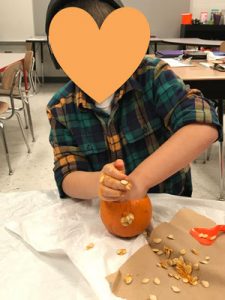 In my attempts to create engaging lessons connected to STEM that my students could access, I discovered two things. First, there was not enough modified science and social studies curricula available online. And, secondly, my students thrived on science and social studies. They learned to make predictions, follow steps for experiments and recipes, and draw conclusions after the activity. This looked different for each student, but they all had active roles in the activities we did. We participated in our school’s cardboard challenge after a farm inquiry unit, learned about life cycles, and explored the meaning of hot and cold through meaningful experimentation.
In my attempts to create engaging lessons connected to STEM that my students could access, I discovered two things. First, there was not enough modified science and social studies curricula available online. And, secondly, my students thrived on science and social studies. They learned to make predictions, follow steps for experiments and recipes, and draw conclusions after the activity. This looked different for each student, but they all had active roles in the activities we did. We participated in our school’s cardboard challenge after a farm inquiry unit, learned about life cycles, and explored the meaning of hot and cold through meaningful experimentation.
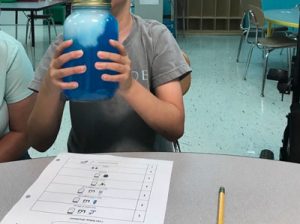
Studying tornadoes
The summer after my first year I became intentional about my efforts to provide a STEM education for all students. I looked at grade level and alternate standards and planned units accordingly. This was the beginning of what is now Anchored in Discovery. Through project-based learning experiences, my students are exposed to grade level science standards and given the freedom to be creative and investigate new concepts.
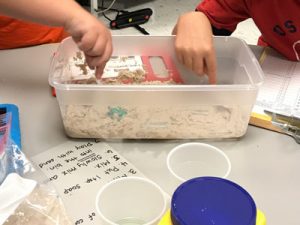
Making kinetic sand while learning about ocean habitats
I hope to make it easier for other teachers to teach STEM to students with high needs in a meaningful, accessible way. I have created modified units with hands-on learning opportunities and differentiated activities that can be used in the general education setting or the special education setting. I truly believe all students can, and should, have access to unique learning experiences that go beyond worksheets, discrete trials, and file folders. It is my goal to create inclusive resources to help children with disabilities access grade level curriculum.
Visit my store to buy modified curriculum for students with disabilities and let me know what hand-on learning experiences you’ve created for your students!

